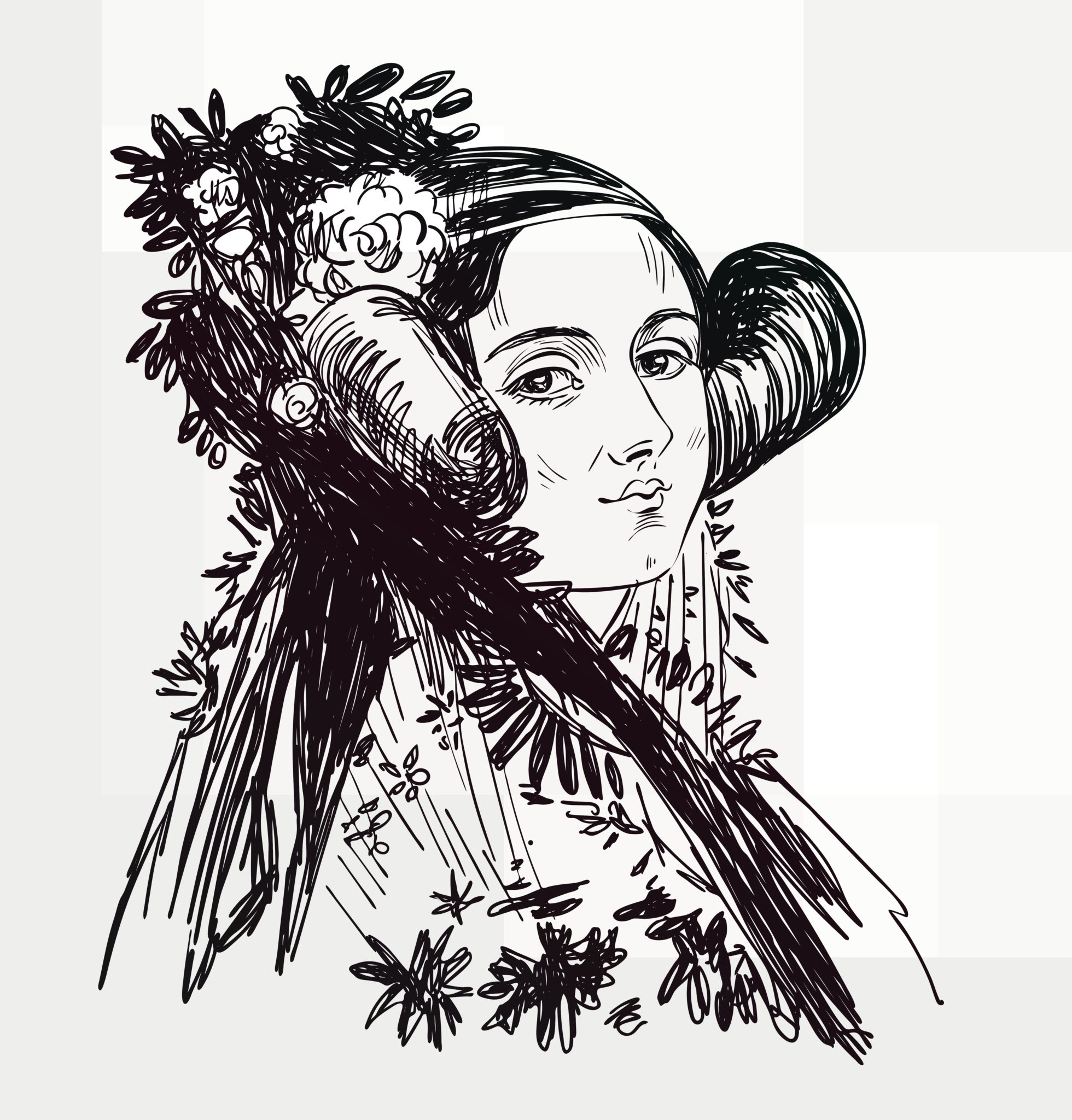
A woman was behind the idea which was a turning point in creating today’s world in which we work, play, and live: Ada Lovelece invented programming, marking the beginning of the Digital Revolution that today allows us to do everything we now do in our modern day to day lives.Ada Lovelece invented programming in 1843, when computers were not even a concept and were nothing more than a simple sketch.To give some context, her contributions to the world of mathematics are so highly revered that 166 years after her death one of her notebooks was sold for an astounding £95,000.https://www.youtube.com/watch?v=1QQ3gWmd20s
Ada Lovelece, the Story Behind the Birth of Programming
The inventor of programming, Ada Lovelece, was born in 1815, and was the only daughter of the British writer Lord Byron, who died of illness while fighting in the Greek War of Independence when Ada was 8 years old.Under the care of her mother Annabella Milbanke, Ada Lovelece began studying under the guidance of a tutor who introduced her to, and guided her through, the world of mathematics, something which was incredibly rare at the time.At the age of 17 Ada met one of the forefathers of modern programming: Charles Babbage, the inventor of a mechanical calculator capable of performing numerical functions using finite difference methods.Years later, Ada Lovelece made her second leap into the world of mathematics: she translated and expanded upon the ideas proposed by the Italian mathematician Luigi Menabrea, after he described his interpretation of an Analytical Engine (an automatic calculating machine).Lovelace’s paper tripled the length of the original work.

Ada’s Critiques
Lovelace indicated in her paper that the machine would be capable of solving mathematical problems using sequences of operations which could even make use of symbols in addition to numbers.This was the first bridge between calculation and programming, and without realising it the foundations for the technology we use today were created.Lovelace indicated in her paper that
the machine would be capable of solving mathematical problems using sequences of operations which could even make use of symbols in addition to numbers.In this paper, the first relics of what we now call Artificial Intelligence were outlined:
“The Analytical Engine has no pretensions whatever to originate anything. It can do whatever we know how to order it to perform. It can follow analysis; but it has no power of anticipating any analytical relations or truths.”

Ada Lovelace
Mathematician and writer
Ada Lovelace’s Contributions
Ada Lovelace was able to perceive beyond her immediate reality. She developed several concepts that are now considered visionary:One of the best known relates to the computation of Bernoulli numbers (an infinite series that plays an important role in Number Theory), by describing, through a diagram, the operations that Babbage’s machine would need to perform to calculate them.In addition,
she outlined several computing concepts such as the “loop” (a group of instructions that are executed multiple times) and the “subroutine”(a segment of a program that can be invoked at any time).Although it cannot be said that Ada formulated the first computer program in history (Babbage had already done this previously), she was the first to publish one.
Universal Machine: Lovelace also came up with the concept for a machine that could be programmed and reprogrammed to perform various, diverse tasks. This analytical machine would not be limited to mathematical calculations, but could process anything that could be expressed in symbols, such as words or music.






